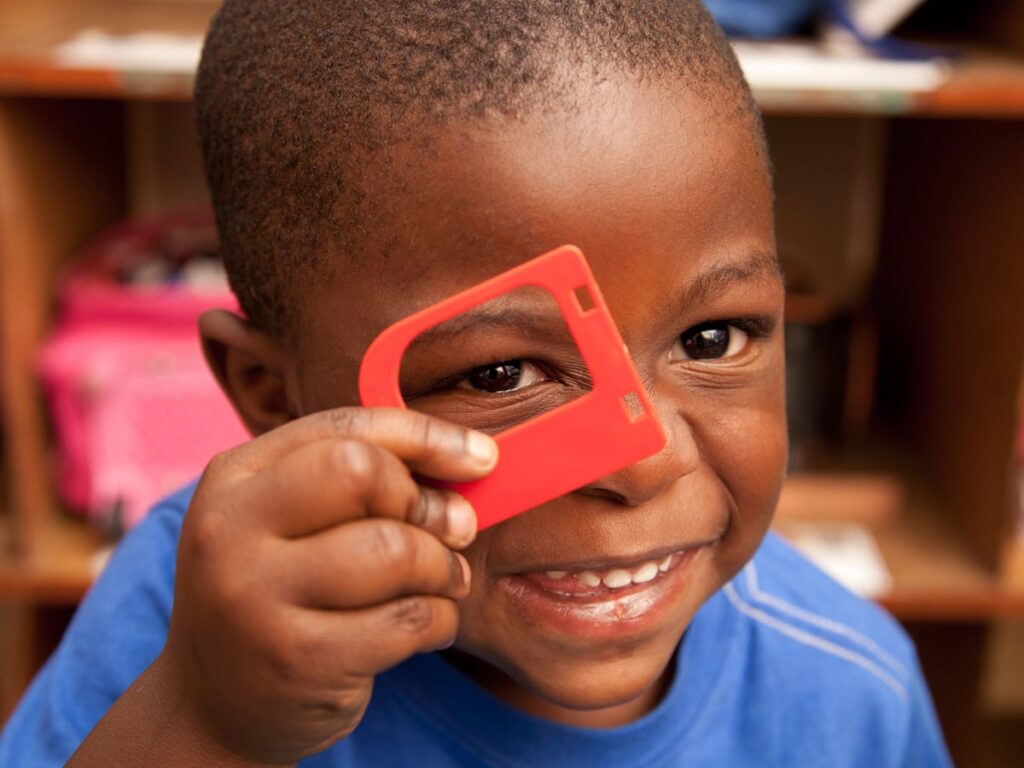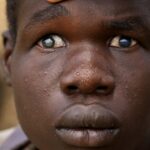
Blindness is the loss of vision which cannot be corrected with glasses or contact lenses. When one is partially blind, it means that he or she has a limited vision, while complete blindness means that he or she can neither see light nor even see anything at all.
According to the World Health Organization (WHO)’s report, at least 2.2 billion people have a near or distant vision impairment and among these 2.2 billion people, at least 1 billion or almost half of the cases could have been prevented.
People’s experiences of blindness vary and are hinged on different factors such as access to vision impairment rehabilitation products (like glasses or white canes), availability of prevention and treatment interventions, inaccessible buildings, transport and information. Globally, the leading cause of blindness and vision impairment are uncorrected refractive errors, cataracts, age-related macular degeneration, glaucoma and it varies from countries to another because of the affordability and eye care literacy of the population. For instance, the proportion of vision impairment that is attributable to cataracts is high and more common in low and middle-income countries than in high-income countries. Also, eye diseases like glaucoma and age-related macular degeneration are more common in high-income countries.
Congenital Blindness
Congenital blindness is a group of diseases and conditions that occur in early childhood or early adolescence of below 16 years old. Research shows that 60 percent of cases of blindness among infants are caused by inherited eye diseases such as present congenital cataract, glaucoma retinal degeneration, optic atrophy and eye malformations at birth while 40 percent have a family history.

When visual impairment is present from birth (congenital), it automatically has a more significant impact on the development and learning that would be gained in the lives of the children. Since they hardly pick up on the verbal clues, their social development will be affected. When they are unable to make eye contact, they may appear disinterested, reducing social interaction. They may not move towards that which they can not see, thereby inhibiting the movement of the child for the fear of the unknown. They may not explore their environment and other materials that are critical in their cognitive development. Again, language acquisition can be affected as active interaction with people and the environment that are very important in language development will be hampered.
A psychologist, Berthold Lowenfeld, emphasised the three basic limitations blindness imposes on not just the children but on any person suffering from the disease. They include;
- Loss of range and variety of experiences.
- Loss of the ability to get around.
- Loss of control of the environment and the self. Because of these, the individual relates and learns about the world through the remaining senses, particularly hearing and touch.
Summarily, visual loss in children affects the quality of life and independence. Their lack of mobility causes them to fall, have sustained injury and worsened status, cognition and social function, employment and educational attainment in life. Their brain may reorganise itself functionally in order to adapt to loss in their sensory inputs.
Many of these conditions associated with child blindness lead to child mortality, that is, premature birth, measles, congenital rubella syndrome, vitamin A deficiency and meningitis. It is safe to say that the control of blindness in children is closely linked to their survival.
There should be a level of urgency in treatment for childhood eye disease because it may not be easily corrected in their adult life. Good primary health care and trained/seasoned personnel in eye care are essential for the control of blindness in children. When proactive and viable measures are properly addressed and implemented, then the future and health of our children will be guaranteed.













